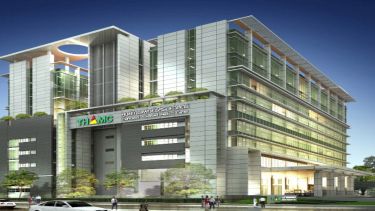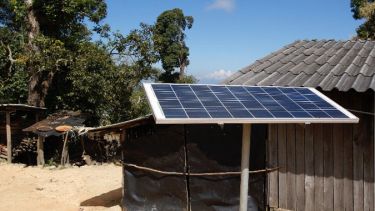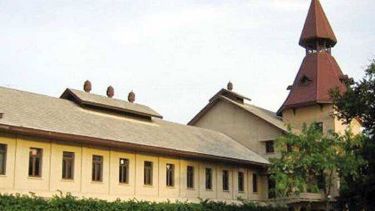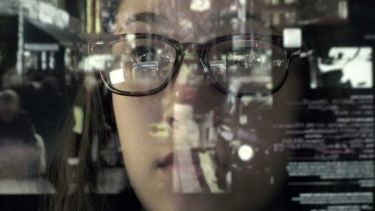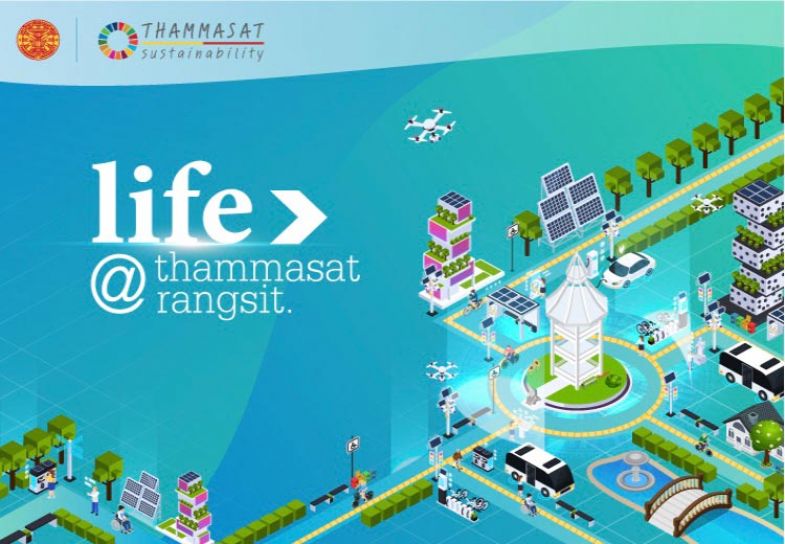
Students play a vital role in helping the university achieve its ambitions to create a sustainable, innovative campus using AI solutions
The key to sustainability and creating a “smart city” is including students from the beginning, says Pisanu Toochinda, vice-rector for Rangsit Campus administration (campus life) at Thammasat University in Thailand.
The 700-acre Rangsit Campus is home to the university’s AI City for Innovation, Digitalisation and Sustainability. “We have around 45,000 people on the Rangsit Campus, from nursery school through to PhD, as well as the National Science Park of Thailand – the campus is like a small city,” Toochinda says. The campus serves a variety of people from different educational levels, occupations and social backgrounds, which means Thammasat needs to collaborate with various sectors to transform the campus into a smart city that can support such diversity.
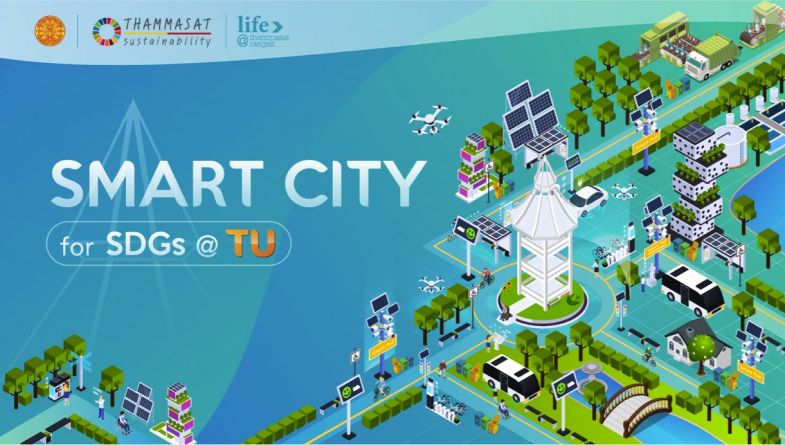
In March, the university signed a memorandum of understanding with United Technology Enterprise, Advanced Info Service and NMB-Minebea Thai to develop the Rangsit campus into an AI city and harness the power of data to improve its safety and sustainability. The collaboration will see the university introducing new technologies – on top of its current efforts – to track energy consumption, waste management and security, among other projects.
While the focus is on creating a smart city with sustainable solutions, the overarching goal is to create conscious and responsible graduates, Toochinda says. “As a university, our aim should be to generate the new generation of people, ‘smart people’,” he says. “We want to be more sustainable, but also show [students and staff] how to be responsible for the environment and be aware of their impact.”
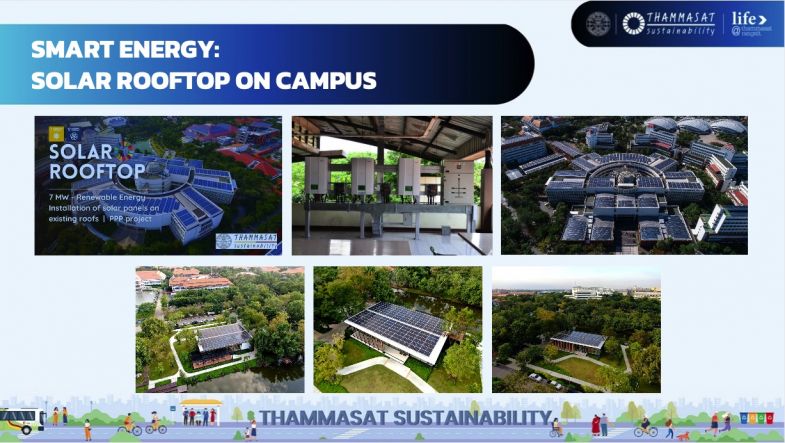
Data are vital in the university’s quest to become more sustainable and “smart”. “We have to measure the information and then use the information to improve processes on the campus,” Toochinda says. For example, the campus relies on renewable energy and obtains about 15 per cent of its energy requirements from rooftop solar panels. The campus’ energy use forms the basis of student projects comparing the panels’ energy efficiency.

The same is true for monitoring waste management and plastic production on campus. “We have included students from the beginning [of our sustainability journey],” he says. “This helps them to realise the effects of climate change and the need for sustainability.”
Engineering and architecture students have been involved in collecting data on the slopes and inclines around the campus to promote mobility access and identify areas that are not wheelchair accessible. Students have also been instrumental in the development of a Thammasat safety app, which sends a signal to the campus’ security centre, alerting personnel if someone feels unsafe on campus.

The campus is a “sandbox” to foster innovation. If an innovation is successful at the Rangsit campus, the university will implement it at its other campuses and offer it to communities or municipalities.
“We introduce our technology and AI systems to [local communities],” Toochinda explains, “and let them see this is what they need. Then we will fine-tune it until they are satisfied because that is our goal – we would like to make sure that our work at the university actually serves the community.”
Find out more about Thammasat University.
